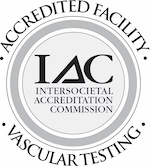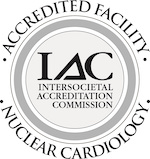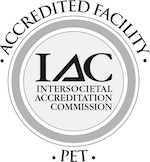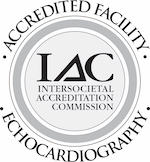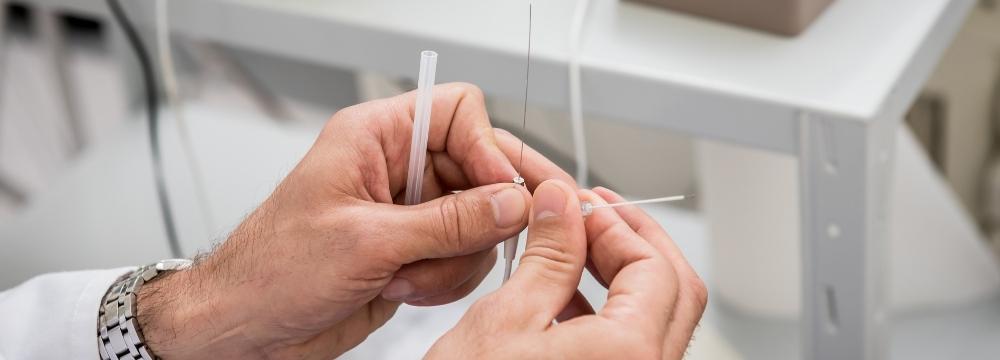
If you have been researching treatment options since being diagnosed with atrial fibrillation, you have likely come across an exceptionally effective treatment option known as cardiac catheter ablation. Catheter ablation uses heat (RF waves) or cold (cryotherapy) to ablate or destroy malfunctioning heart tissue causing arrhythmia. In properly selected patients, cardiac catheter ablation can be highly successful and safe and does not preclude further interventions to the heart should they be necessary for the future.
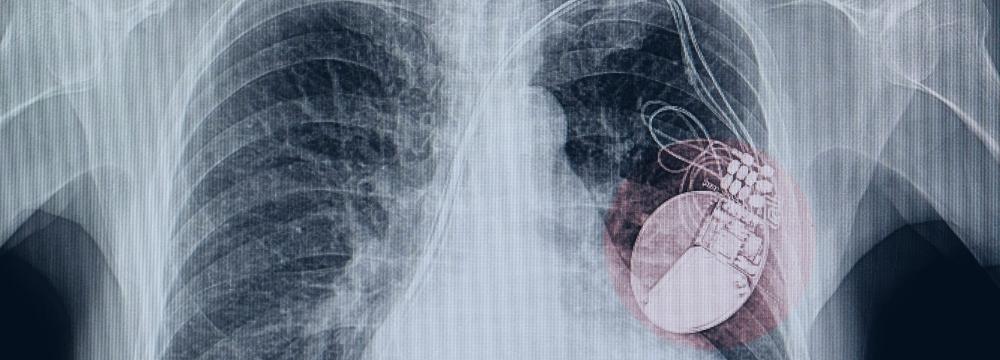
A pacemaker is an amazing medical device, and technology has advanced dramatically over the past few decades. What were bulky and often short-lasting devices are now more streamlined than ever, with longer battery lives than ever before. Further, we now have a new standard in leadless pacemakers implanted directly into the heart and do not require wires to fulfill their pacing duties.
However, as with any self-powered battery-operated device, they have a life span – of usually about 8 to 10 years. This lifespan depends mainly on how often the pacemaker needs to fire, general care of the device, and manufacturing tolerances that may increase or shorten the life of the device.
